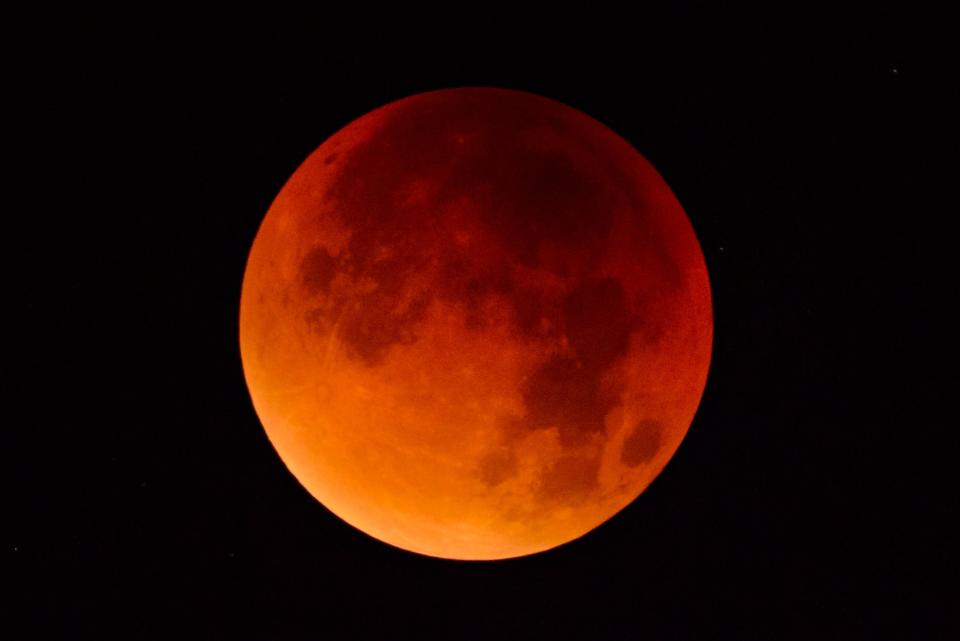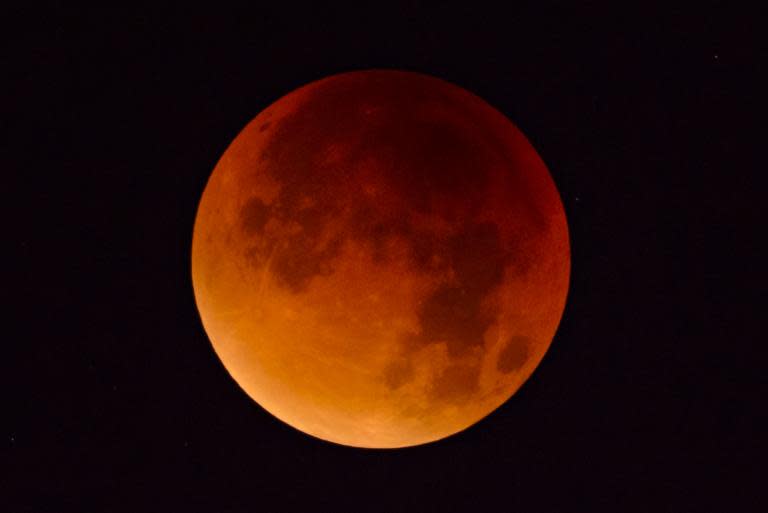Lunar eclipse: 10 best places to see the blood moon in the UK
Stargazers have a treat in store today as the longest total lunar eclipse of the 21st century is due to take place.
It’s not the only astral phenomenon encouraging us to look skyward, however; on the same day Mars will also be the brightest it has been for many years.
What is a lunar eclipse?
Also known as a ‘blood moon’, a lunar eclipse occurs when the earth lies directly between the sun and moon, and the moon lies in the shadow of the earth.
When will it take place?
In London, moonrise is forecast to occur at 8.49pm, while further north, this is slightly later. In Glasgow, moonrise is due to take place at 9.26pm.
According to the Royal Astronomical Society, mid-eclipse is likely to happen at 9.21, with the entire phase ending by 10.13pm.
If weather affects visibility, the view of Mars is also forecast to be good in the weeks following the lunar eclipse, as it reaches its closest point to the earth on Monday 30 July, when it will be 57.6 million km away.
Where’s the best place to watch?
Dr Morgan Hollis from the Royal Astronomical Society tells The Independent that the eclipse will be visible from “anywhere in the UK, weather permitting.
“Mars will actually be brighter during the eclipse itself, however, will be lower down in the sky, so you would need a low, flat and unobscured view towards the south-east to be able to see that."
Those seeking the perfect viewing position would do well to escape the bright lights of the city.
According to Dark Sky Discovery, a network of national and local astronomy and environmental organisations, the UK is fortunate enough to have some of the largest areas of dark sky in Europe.
The International Dark Sky Association has recognised three large dark sky areas in the UK:
Dark Sky Discovery Sites also list the following places as ideal for stargazing:
UK
North East: Kielder Forest Observatory, Northumberland
North West: Low Gillerthwaite Field Centre, Ennerdale
South West: Wimbleball Lake, Exmoor
East: WaterWorks Nature Reserve, Lee Valley Regional Park
South: Queen Elizabeth Country Park, Hampshire
Wales
Mountain Centre, Libanus, Brecon Beacons
Scotland
Kinloch Forest, Skye and Lochalash
London dwellers need not miss out, as an observation event is being held on Blackheath by the Flamsteed Astronomy Society. The Royal Observatory in Greenwich will also be streaming the eclipse on their Facebook page.
The astral phenomenon will also be visible from most of Europe, Asia, Australia and South America.
Is it safe to look at?
Both the lunar eclipse and Mars are safe to look at with the naked eye, making this a superb natural spectacle for all.



